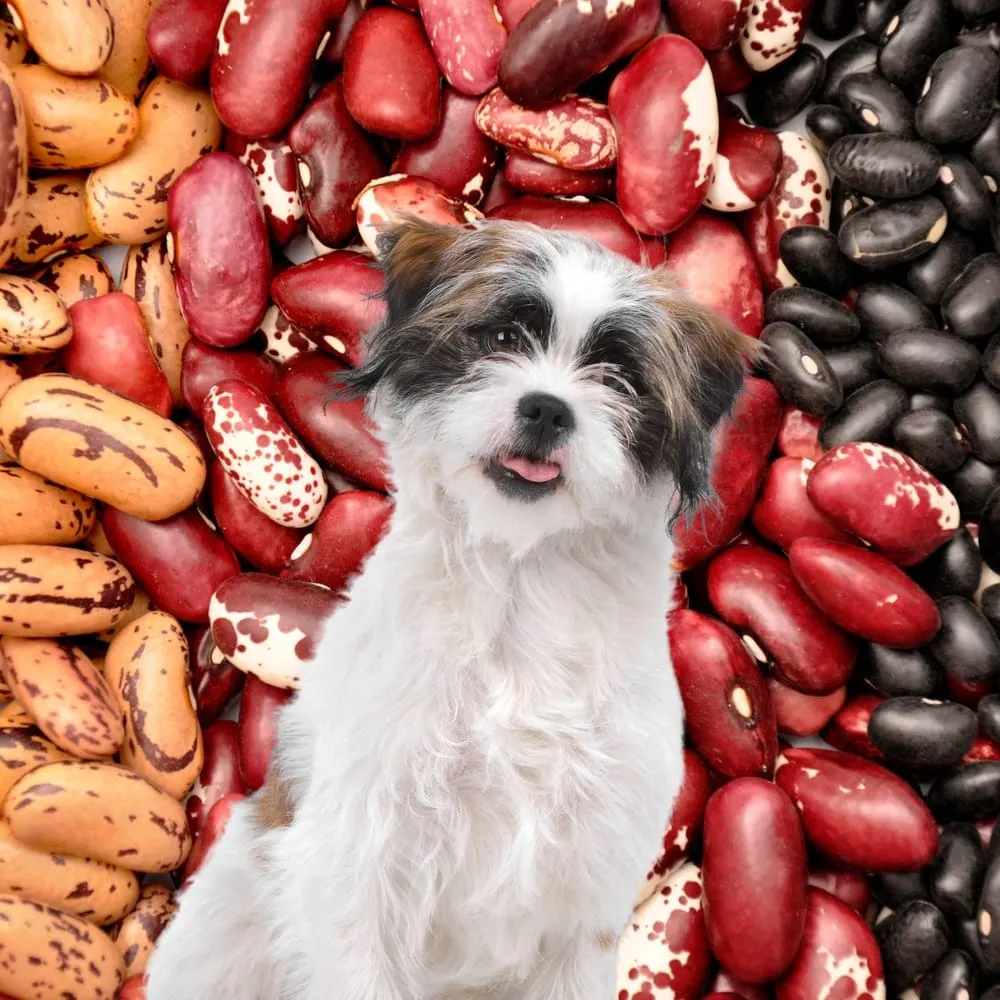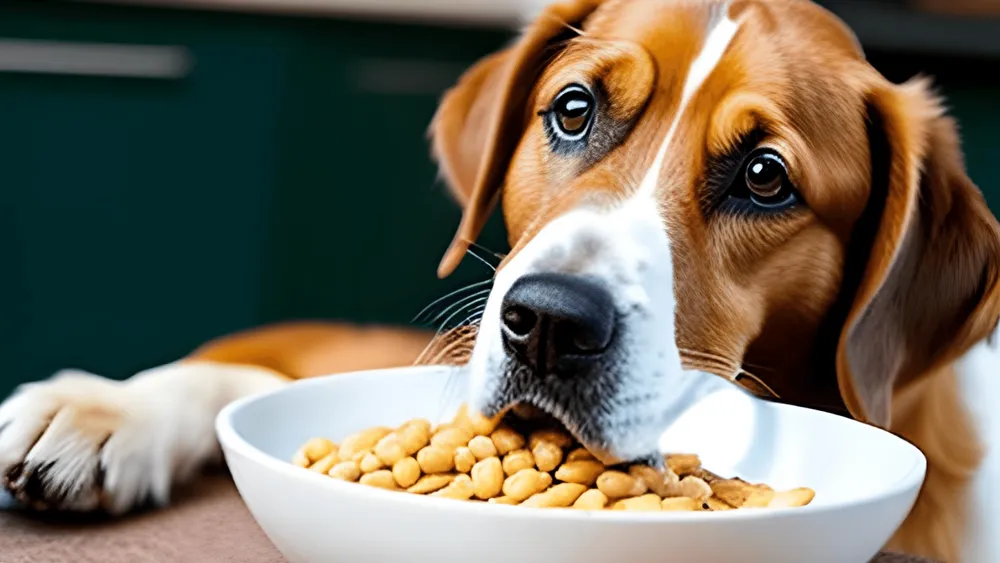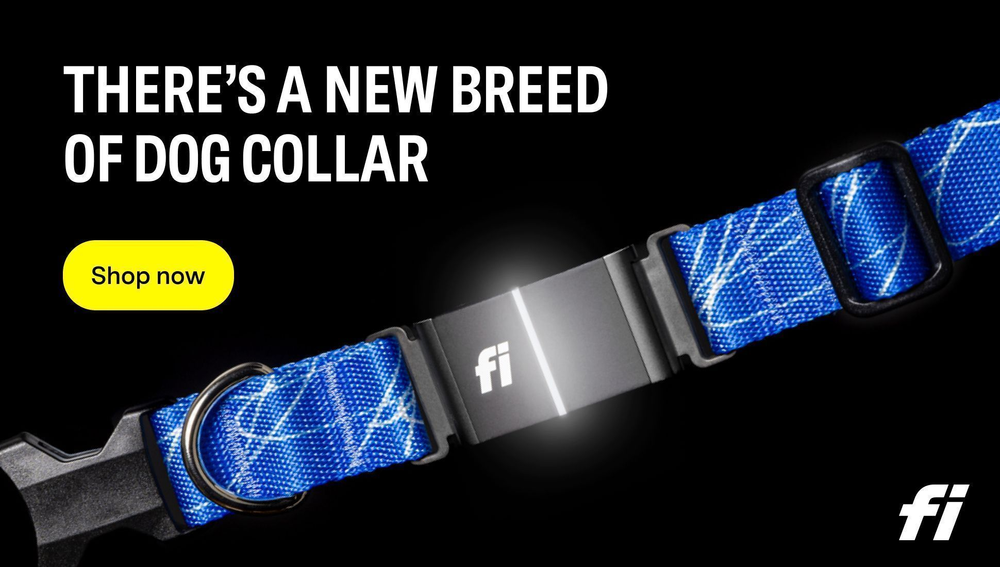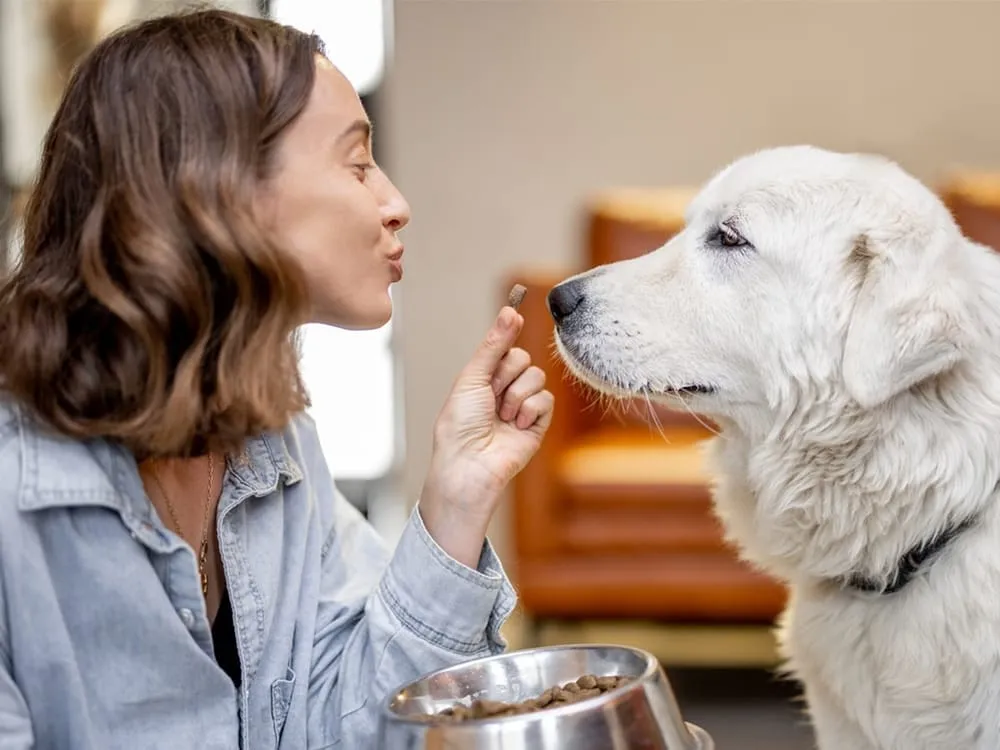Pinto beans are a popular legume that many people enjoy as a part of their diet. However, if you're a dog owner, you may be wondering if it's safe to share your pinto beans with your furry friend. Can dogs eat pinto beans? The answer is yes, with some precautions.

Pinto beans are a good source of protein, fiber, and other nutrients that can benefit your dog's health. However, it's important to note that dogs have different nutritional needs than humans, and their digestive systems may not be able to handle certain foods. While pinto beans are generally safe for dogs to eat, they should only be given in moderation and prepared properly to avoid any potential health issues.
Before giving your dog pinto beans, it's important to consult with your veterinarian to ensure that it's a safe and appropriate addition to their diet. In this article, we'll explore the benefits and risks of feeding your dog pinto beans, as well as some tips on how to prepare them to make sure they're safe for your furry friend.
Nutritional Profile of Pinto Beans
Pinto beans are a popular legume that are often used in Mexican and Southwestern cuisine. They are a great source of nutrients and can be a healthy addition to a well-balanced diet.

Protein and Fiber Content
Pinto beans are an excellent source of both protein and fiber. A 1/2 cup serving of cooked pinto beans contains approximately 7 grams of protein and 6 grams of fiber. This makes them a great option for vegetarians and vegans who need to get enough protein in their diet. Additionally, the fiber in pinto beans can help to promote healthy digestion and can help to reduce cholesterol levels.
Vitamins and Minerals
Pinto beans are also a good source of vitamins and minerals. They contain significant amounts of folate, iron, magnesium, and potassium. Folate is important for healthy fetal development and can help to prevent birth defects in pregnant women. Iron is important for healthy blood cells, while magnesium and potassium are important for healthy muscle and nerve function.
Calories and Fat
Pinto beans are relatively low in calories and fat. A 1/2 cup serving of cooked pinto beans contains approximately 120 calories and less than 1 gram of fat. This makes them a great option for people who are watching their weight or trying to maintain a healthy diet.
In summary, pinto beans are a nutritious and delicious addition to any diet. They are a great source of protein, fiber, vitamins, and minerals, while also being low in calories and fat. Incorporating pinto beans into your meals can help to promote overall health and well-being.
Benefits of Pinto Beans for Dogs
Pinto beans are a nutritious and tasty food that can provide various health benefits to dogs. Here are some of the benefits of pinto beans for dogs:
Digestive Health
Pinto beans are an excellent source of dietary fiber, which can help improve digestive health in dogs. Fiber helps regulate bowel movements and prevent constipation. It can also promote the growth of beneficial bacteria in the gut and reduce the risk of inflammatory bowel disease.
Immune System Support
Pinto beans contain beneficial antioxidants such as flavonoids, which can help boost the immune system in dogs. Antioxidants help neutralize harmful free radicals in the body, which can damage cells and lead to various health problems. A strong immune system can help dogs fight off infections and diseases.
Muscle Development
Pinto beans are a good source of protein, which is essential for muscle development in dogs. Protein provides the building blocks for muscles and helps repair and maintain muscle tissue. It can also help dogs recover from injuries and surgeries.
In conclusion, pinto beans can provide various health benefits to dogs, including improved digestive health, immune system support, and muscle development. However, it is important to feed pinto beans in moderation and consult with a veterinarian before making any significant changes to a dog's diet.
Potential Risks and Side Effects
Digestive Issues
While pinto beans can be a healthy addition to a dog's diet, they can also cause digestive issues. Dogs may experience gas, bloating, diarrhea, or constipation after consuming pinto beans. These issues can be caused by the high fiber content in beans, which can be difficult for dogs to digest.
Toxic Substances
Pinto beans contain a substance called lectin, which can be toxic to dogs in large quantities. If a dog consumes too many pinto beans, they may experience vomiting, diarrhea, or other symptoms of lectin toxicity. It is important to monitor the amount of pinto beans your dog consumes and to avoid feeding them raw or undercooked beans.
Allergic Reactions
Some dogs may have an allergic reaction to pinto beans. Symptoms of an allergic reaction can include itching, swelling, or difficulty breathing. If your dog experiences any of these symptoms after consuming pinto beans, it is important to contact your veterinarian immediately.
Overall, while pinto beans can be a nutritious addition to a dog's diet, it is important to monitor their consumption and to be aware of the potential risks and side effects. If you have any concerns about feeding your dog pinto beans, it is always best to consult with your veterinarian.
Preparation and Serving Suggestions

Cooking Methods
Pinto beans are safe for dogs to eat, but they can be difficult to digest if not cooked properly. It's important to cook the beans thoroughly to break down the complex sugars and make them easier for your dog to digest. Soaking the beans overnight can also help to reduce cooking time and make them more digestible.
There are several ways to cook pinto beans for your dog, including boiling, pressure cooking, and slow cooking. Boiling is the easiest and quickest method, but pressure cooking and slow cooking can help to retain more nutrients and flavor.
Appropriate Quantities
While pinto beans are a healthy addition to your dog's diet, they should be fed in moderation. Too many beans can cause digestive upset, gas, and bloating. As a general rule, pinto beans should make up no more than 10% of your dog's daily diet.
The appropriate quantity of pinto beans for your dog will depend on their size and activity level. A small dog may only need a tablespoon or two of beans per day, while a larger, more active dog may be able to tolerate a quarter cup or more.
Mixing with Regular Diet
Pinto beans can be mixed with your dog's regular diet in a variety of ways. They can be added to kibble or wet food as a topper, or mixed with other healthy ingredients to make a homemade meal.
When mixing pinto beans with your dog's regular diet, it's important to consider their overall nutritional needs. Pinto beans are a good source of protein and fiber, but they should not be relied on as the sole source of nutrition.
Here are a few recipe ideas for incorporating pinto beans into your dog's diet:
- Pinto Bean and Chicken Stew: Combine cooked pinto beans, shredded chicken, and a variety of vegetables (such as carrots, sweet potatoes, and green beans) in a slow cooker. Cook on low for 6-8 hours, or until everything is tender and flavorful.
- Pinto Bean and Rice Bowl: Cook brown rice and pinto beans separately, then mix together with a variety of fresh vegetables (such as kale, spinach, and bell peppers). Add a drizzle of olive oil or a sprinkle of nutritional yeast for extra flavor.
- Pinto Bean and Beef Chili: Brown ground beef in a large pot, then add cooked pinto beans, diced tomatoes, chili powder, and other seasonings to taste. Simmer for 30-45 minutes, or until everything is heated through and the flavors have melded together.
By following these preparation and serving suggestions, you can safely and confidently incorporate pinto beans into your dog's diet.
Comparing Pinto Beans with Other Beans
When it comes to feeding dogs with beans, pinto beans are often considered a safe and healthy option. However, it's important to note that not all beans are created equal. In this section, we will compare pinto beans with other types of beans to see how they stack up.
Kidney Beans and Lectins
Kidney beans are a popular type of bean that is often used in various dishes. However, they contain a substance called lectins, which can be harmful to dogs if consumed in large amounts. Lectins are proteins that can bind to the lining of the gut and cause damage, leading to symptoms such as vomiting, diarrhea, and abdominal pain.
On the other hand, pinto beans contain a lower amount of lectins compared to kidney beans. This makes them a safer option for dogs, as long as they are cooked properly and given in moderation.
Black Beans and Antioxidants
Black beans are another type of bean that is commonly used in cooking. They are rich in antioxidants, which can help protect the body from damage caused by free radicals. However, they are also high in fiber, which can cause digestive issues in dogs if consumed in excess.

Pinto beans, on the other hand, are lower in antioxidants compared to black beans. However, they are still a good source of fiber and other nutrients that can benefit dogs.
Green Beans as a Low-Calorie Option
Green beans are a low-calorie option that can be a great addition to a dog's diet. They are rich in vitamins and minerals, and can help promote healthy digestion. They are also low in calories, which can be beneficial for dogs that need to lose weight.
While pinto beans are higher in calories compared to green beans, they are still a healthy option that can provide dogs with essential nutrients. However, it's important to remember to feed them in moderation and to cook them properly to avoid any digestive issues.
Overall, when compared to other types of beans, pinto beans are a safe and healthy option for dogs. They are rich in nutrients and can provide various health benefits, as long as they are given in moderation and prepared properly.
Consulting with a Veterinarian
Before introducing pinto beans into a dog's diet, it is highly recommended to consult with a veterinarian. A veterinarian can provide valuable insight into a dog's specific dietary needs and any health concerns that may be present.
During the consultation, the veterinarian may discuss the benefits and potential risks associated with feeding pinto beans to dogs. They may also provide guidance on the appropriate portion sizes and frequency of feeding.
It is important to note that not all dogs may be able to digest pinto beans easily, and some may even experience digestive issues such as bloating or gas. In such cases, the veterinarian may recommend alternative sources of protein or fiber.
Overall, consulting with a veterinarian can help ensure that a dog's diet is optimized for their optimal health and well-being.
Conclusion
In conclusion, the question, "Can dogs eat pinto beans?" can be answered with careful consideration and responsible feeding practices. Remember to summarize key points, emphasize the importance of a holistic approach to dog care, and encourage fellow pet owners to prioritize their dog's health.

FAQs
- 1. How much pinto beans can I safely feed my dog?
- It's crucial to introduce pinto beans gradually, starting with small amounts. Monitor your dog's response and adjust the quantity based on their tolerance.
- 2. Are there any specific breeds that should avoid pinto beans?
- While individual tolerance may vary, most breeds can enjoy pinto beans in moderation. However, consulting your vet is advisable, especially for dogs with specific dietary restrictions.
- 3. Can pinto beans be a part of a dog's regular diet?
- Yes, pinto beans can be a part of a balanced dog diet. However, it's essential to incorporate them alongside other suitable ingredients to ensure a well-rounded nutrition plan.
- 4. What signs indicate that my dog may be allergic to pinto beans?
- Watch for symptoms like itching, vomiting, or diarrhea. If you notice any adverse reactions, discontinue feeding pinto beans and consult your veterinarian.
- 5. How should I introduce pinto beans into my dog's diet?
- Start by offering small, cooked portions. Gradually increase the quantity while monitoring your dog's digestion and overall health.




